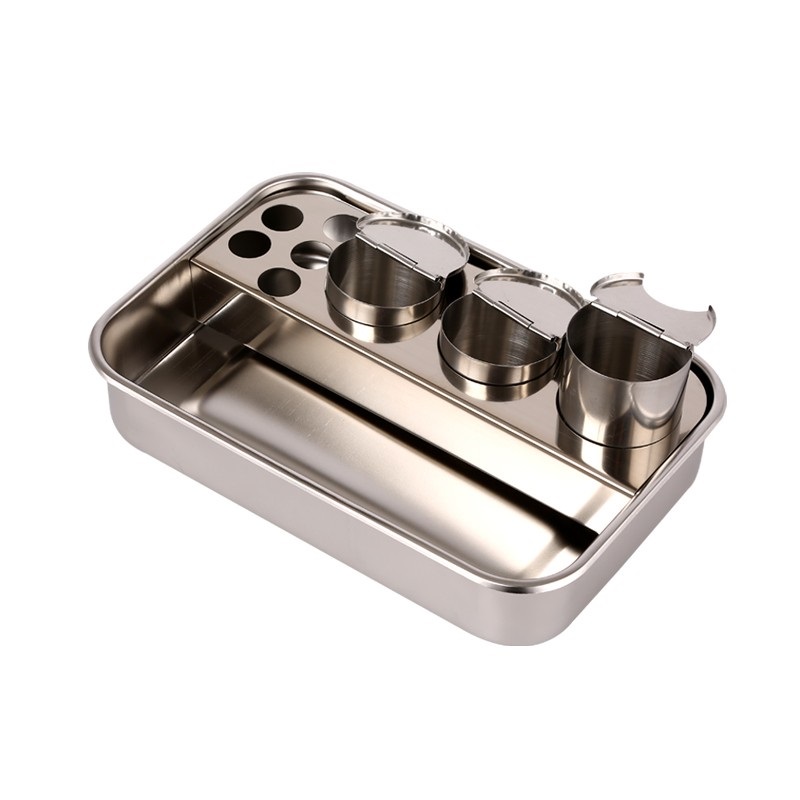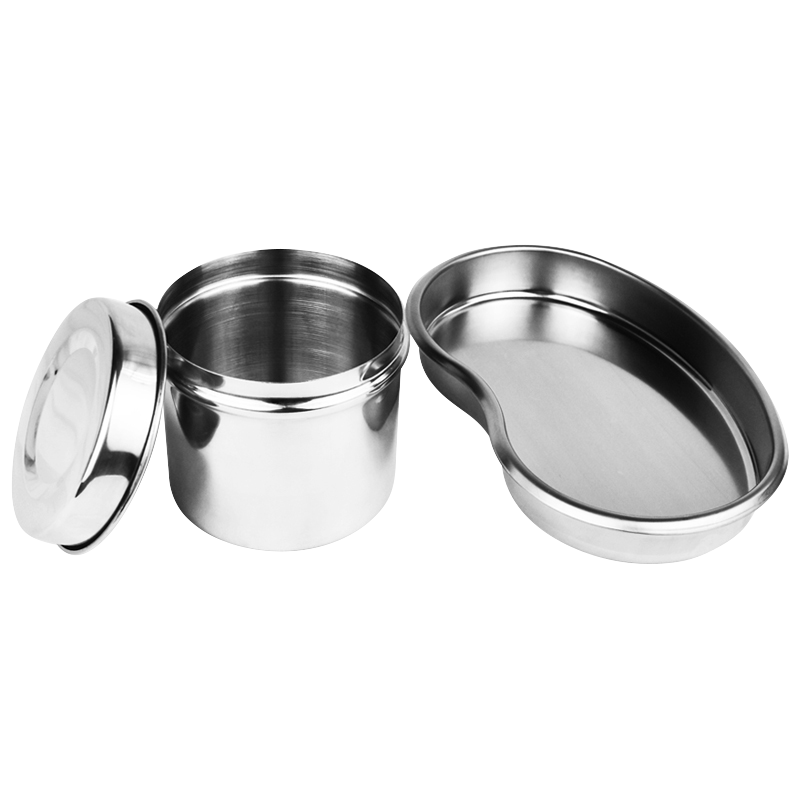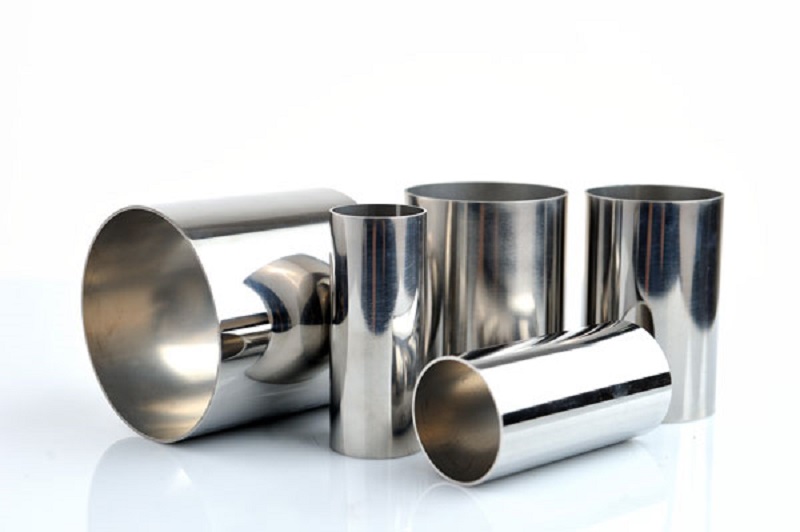
In our life, we can not live without stainless steel things, for example, there may be stainless steel pots for eating at home, and there are stainless steel medical supplies in the hospital. Although both are stainless steel, but the difference between the two is still very large. So, what are the differences between medical stainless steel and food-grade stainless steel? The fundamental difference is the content of harmful elements, food-grade stainless steel harmful content must be below the standard range, while medical stainless steel may be slightly higher.

Harmful elements mainly refer to S, P, Pb, Cr(VI), etc. As for the surface treatment, it is not the means of differentiation, that is only the process, the internal and external surface finish is high, the media adhesion is rarely conducive to corrosion resistance. The higher surface finish of the tube, the less the liquid medium stays, which is conducive to flushing, especially in the pharmaceutical and food industries.

Stainless steel is formed on its surface by a very thin but strong and fine stable chromium-rich oxide membrane (protective membrane), to prevent the continued penetration of oxygen atoms, continued oxidation, and the ability to obtain the resistance to rust and corrosion. Once there is some reason, this film is constantly destroyed, oxygen atoms in the air or liquid will constantly penetrate or iron atoms in the metal will constantly precipitate out, forming loose iron oxide, and the metal surface will be constantly rusted. The membranes can be damaged in many ways, and the most common ones in daily life are as follows:

1, Stainless steel surface containing other metal elements of the dust or adhesion of foreign metal particles, in the humid air, the condensation between the adherent and the stainless steel, the two connected into a microbatteries, triggering an electrochemical reaction, the protective film is damaged, called electrochemical corrosion.
2, Stainless steel surface adhesion of organic juices (such as squash, noodle soup, spit, etc.), in the presence of water and oxygen, organic acids are formed, and for a long time, organic acids are corrosive to metal surfaces.
3, Stainless steel surface adhesion containing acid, alkali, salt substances (such as decorative walls of alkaline water, lime water spray) caused by local corrosion.
4, In polluted air (such as the atmosphere containing large amounts of sulfide, carbon dioxide, nitrogen oxide), pollutants meet condensate to form sulfuric acid, nitric acid, acetic acid droplets cause chemical corrosion.

Effect of 304L stainless steel surface drawing oxidation
2024-06-05Common stainless steel 316 and 316L difference
2024-05-06Mirror Stainless Steel Grinding and Polishing
2021-08-03What are the common uses of stainless steel coils?
2021-02-10The main applications of stainless steel water tanks
2022-08-22Main applications of stainless steel tubes
2023-03-08






